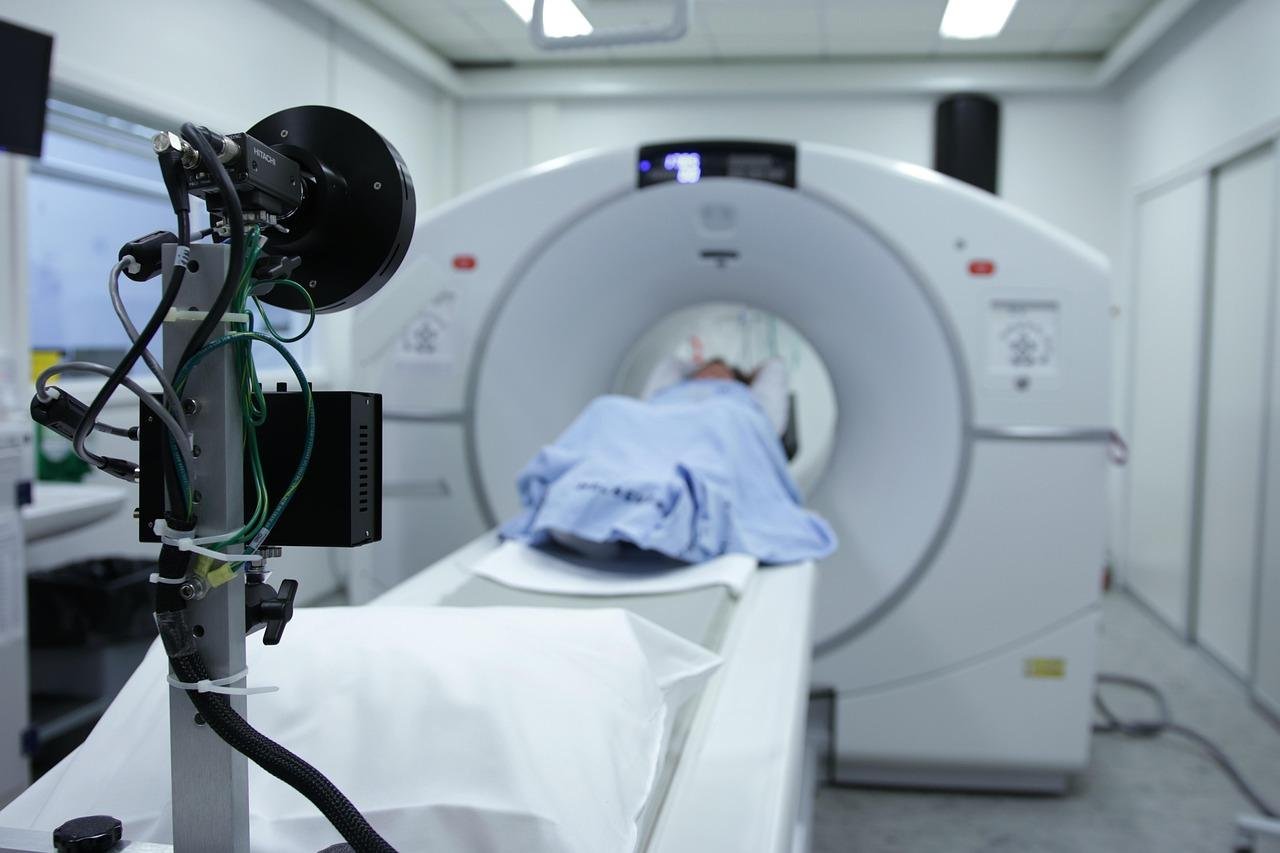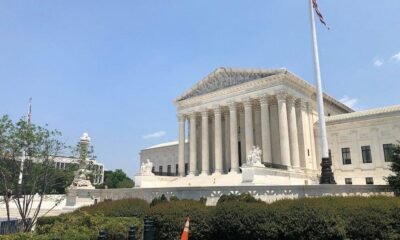Business
Doctor Shortages: A Long-Standing Crisis in Health Care Could Be Getting Worse

Americans are increasingly facing long waits—often extending weeks or months—to see health care specialists. This trend coincides with a significant rise in the aging population; by 2050, individuals over 85 years old are projected to triple, putting additional strain on a healthcare system that is already overwhelmed. A report published in the New England Journal of Medicine in January 2025 delves into this urgent crisis and its ramifications for the healthcare workforce.
As healthcare researchers, we recognize the dire shortage of specialists within the U.S. healthcare framework. Rochelle Walensky, one of our authors, personally observed the consequences of this shortage during her tenure as director of the Centers for Disease Control and Prevention from January 2020 to June 2023, particularly during the pandemic’s initial wave.
The COVID-19 pandemic highlighted existing deficiencies in both the physician workforce and overall healthcare availability. Beyond the staggering daily COVID-related fatalities, many individuals suffered potentially avoidable deaths due to postponed care for heart attacks or neglected cancer screenings in overcrowded emergency departments.
Prior to the pandemic, a staggering 80% of U.S. counties did not have a single infectious disease specialist. While serving as the chief of the Division of Infectious Diseases at Massachusetts General Hospital, Dr. Walensky witnessed firsthand the urgent need for expert care as COVID-19 strained hospital resources.
Locally, physicians trained in infectious diseases provide essential services needed to manage transmissible outbreaks effectively. Their expertise in diagnostics, treatment guidelines, and community outreach significantly influences hospital capacities and public health policies.
Healthcare disparities arising from uneven access are not a new issue. For years, experts have warned about a waning physician workforce. Now, the reality is evident to Americans across all demographics and geographic locations.
The National Center for Health Workforce Analysis predicts a national deficit of 140,000 physicians by 2036, impacting various specialties including primary care and geriatrics. Rural areas will feel the brunt of this shortage, with a staggering projected 56% shortfall, compared to only a 6% reduction anticipated in urban regions.
Physician density varies drastically across the nation. States like Massachusetts, New York, and Maryland showcase the highest density of doctors per capita, while states such as Idaho and Mississippi struggle with critically low availability. Alarmingly, even in areas with more doctors, higher demand often eclipses access.
Although fewer physicians do not outright cause poor health outcomes, their absence correlates with lower life expectancy. For instance, Mississippi’s average life expectancy falls six years below Hawaii and exceeds four years less than the national average. Regions with fewer healthcare providers also report increased rates of chronic diseases, compounding disadvantages for their residents.
The current workforce challenges can be traced back to restrictive policy decisions originally implemented for improving medical education. The 1910 Flexner Report aimed to enhance training quality but inadvertently encouraged the closing of numerous medical schools. This created “medical deserts,” persisting to this day.
The Flexner Report’s focus on dividing medicine from public health further complicated coordinated health responses, leading to inefficiencies in tackling public health crises. Subsequent measures in the 1980s that limited residency slots reflected earlier concerns over a potential physician surplus. Yet, as discussions shifted over the last two decades to emphasize shortages, the constraints on training and funding have largely persisted.
Recent developments, especially post-Dobbs vs. Jackson Women’s Health Organization, pose further challenges in attracting new medical graduates. Surveys indicate that 82% of future medical practitioners prefer working in states that uphold access to abortion services. As many medical trainees are in their prime childbearing years, restrictions might influence where they choose to live and work.
To mitigate the physician shortage, solutions must address the high costs of medical education. Although enrollment has risen by just 10% in the last decade, it remains inadequate to meet the burgeoning healthcare demands of an aging population.
Burdened by student debt, many potential physicians are dissuaded from entering the field. Existing initiatives aimed at incentivizing work in critically underserved areas have seen limited success. Comprehensive reform is critical. For instance, medical schools could shorten training pathways focused on specific specialties, easing both time and financial burdens.
Moreover, restructuring physician compensation to better reflect the demand for primary care can assist in alleviating imbalances within the system. Raising salaries for primary care practitioners and providing loan forgiveness for those in high-need areas may encourage more healthcare professionals to enter these fields.
Lastly, reducing administrative burdens that contribute to physician burnout is crucial for retaining workforce talent, particularly in primary care. Incorporating technology-driven solutions could streamline administrative tasks, allowing doctors to prioritize patient care.
Immediate action is needed to address these barriers; the U.S. healthcare system’s future depends on a strengthened physician workforce, ultimately influencing the health of the entire population.


















